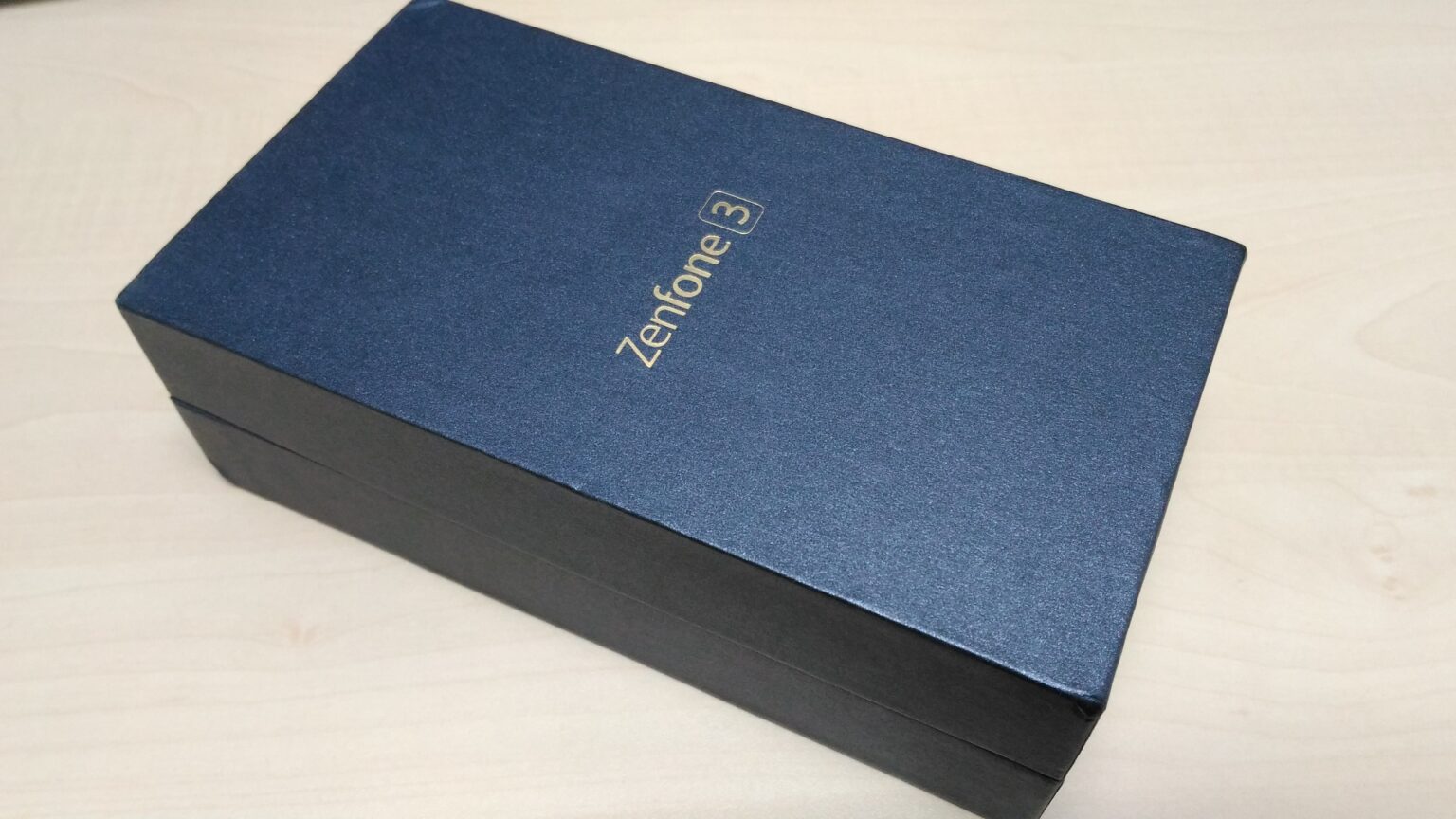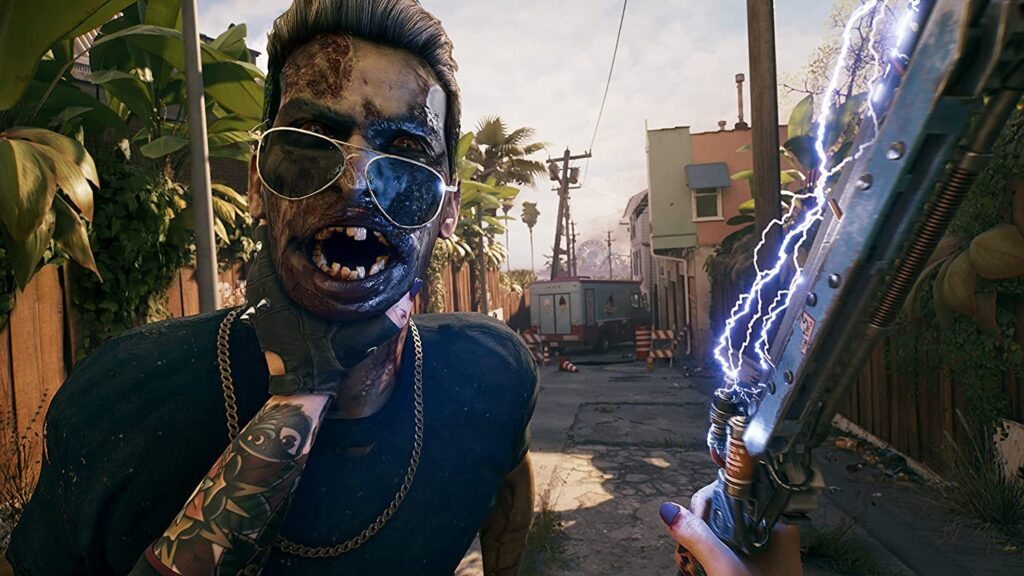The Asus Zenfone 3 boasts itself as an extraordinary glass-and-metal wonder. It has been crafted mainly for mobile photography buffs. But here in Sirus Gaming, we wanted to see how this isn’t your typical flagship or mid-range phone, and we wanted to know how well it fares in gaming and multitasking.
But first, let’s take a good look.
How It Looks Like
The Asus ZenFone 3 ZE552KL is available in four colors – Sapphire Black, Moonlight White, Shimmer Gold, and Aqua Blue. The review unit is the Sapphire Black version.
The phone has a nicely-contoured metal frame, and it has Gorilla Glass on both the front and back. Like the older varieties of Zenfones, it still has rounded sides. But unlike the older versions, the Zenfone 3 is flat and thin, very sleek, and eye-catchy. Plus it has more screen-to-body ratio on its 5.5-inch length. Doing my research, the Asus Zenfone 3 measures 152.6 x 77.4 x 7.7mm and weighs 155g. That makes it more compact and lighter than the iPhone 7 Plus, for example.
 The screen is a 5.5-inch Super IPS+ capacitive touchscreen with 1080p resolution. So what does this mean? Unlike the older generations of Zenfones, brightness can be adjusted to very dark and very bright, visibility is high so you can even read well under sunlight, high noon. Asus boasts that it borrows tech from 4K TVs.
The screen is a 5.5-inch Super IPS+ capacitive touchscreen with 1080p resolution. So what does this mean? Unlike the older generations of Zenfones, brightness can be adjusted to very dark and very bright, visibility is high so you can even read well under sunlight, high noon. Asus boasts that it borrows tech from 4K TVs.
Everything is glossy, and you might find the need to wipe it constantly as fingerprints and smudges quickly accumulate with use. One disadvantage that might be troublesome to most is that this phone is very slippery, it basically slides off on any surface, even your own hands when they’re dry.
On the front, at the top above the screen is the 8MP selfie camera. There’s a tiny notification light on the left of it. The proximity and light sensors are hidden below the glass.

Under the screen are three capacitive touch keys. Like the older models, these keys below the screen lack backlighting. If you’re not an Android phone user, Asus phones in particular, you might fumble around in the dark until you get used to it.
There are two hardware keys on the right, there’s the much longer volume key above the power key. The signature Zen design which features a circular pattern is still highlighted in every possible way. You can see it on the details on the power and volume buttons, as the reflective back pattern, and even the default wallpaper on the phone has it.
On the left panel is the two card tray. It can carry both the nanoSIM and microSIM, or you can swap a microSD card for the nanoSIM. It’s Dual-SIM, it has a Dual Standby capability, and both can run LTE.
The Zenfone 3 has a microphone each on the top and bottom. The 3.5mm headphone jack is still on top, but the Zenfone 3 is now using a USB Type-C. The USB port still carries the functionalities of both charging and data transmission, but at USB 2.0 speeds only. Also at the bottom is the speaker, unlike the older models. So even when lying flat on the surface, you don’t have to worry about having the sound muffled anymore. Asus boasts of five magnets and a dedicated amp for greater bass and lower distortion, so sound is louder and clearer on this model than its predecessors. Call quality is also great.
At the back you’ll find 3 things. The most interesting object is the fingerprint reader or sensor. You can set this up for security and shortcuts. By default, if you press on it, it opens the camera. It’s nice if you’re looking for a way to quickly open your camera without tapping the app, at the same time, you might find it troublesome if you accidentally tap on it while you’re in the middle of a task, like playing an online game for example.
The camera does protrude from the back, but it’s not really something to be worried over scratches because the lens is “protected” by a sapphire cover. The Gorilla Glass is more prone to scratching than the camera lens. Then there’s the Laser AF system – the dark rounded thing on the left of the camera, the dual-tone flash on the right which also shares a window with the color correction sensor.
Camera
Like I mentioned earlier, the Zenfone 3 is made for mobile photography buffs.
The camera has a long list of features – both hardware and software. It boasts of a triple autofocus system that can get a lock in as little as 0.03s. Asus did not equip the front camera with an LED flash unlike the Zenfone Selfie. But the image sensor and color correction sensor are better on this phone as it quickly adjusts to its environment despite the lighting conditions.
The specs for the camera are as follows:
-16MP main camera with f/2.0 lens, OIS, laser and phase autofocus, dual-LED dual-tone flash, 2160p@30fps video recording
-8MP front camera with f/2.0 lens (85°), 1080p@30fps video recording
Performance
Operating System: Android 6.0 Marshmallow with Zen UI 3.0
Processor/GPU: 64-Bit Octa Core 2.0 GHz ARM Cortex A53, Adreno 506 GPU, Qualcomm Snapdragon 625 MSM8953 chipset
RAM: 3GB/4GB RAM options
Internal Storage: 32GB/64GB ROM options, expandable via hybrid SIM slot
For its market price of PHP18,995, one of the considered “downsides” of the Zenfone 3 is its Snapdragon 625 chipset. If you need something more powerful, the Zenfone 3 Deluxe offers Snapdragon 820 (to be discussed in a future review), but this ZE552KL model has to make do with a mid-range chipset. That said, the Snapdragon 625 handles 2160p video capture, it offers a fast LTE and comes paired with up to 4GB of RAM too. With that in mind, it seems just right for its price point.
In my experience, this phone is very capable of multitasking with no lags. Tested it while playing online games or games with high graphic requirements, while listening to music, while chatting using an online mobile app like Facebook Messenger – no struggle at all. This is in par to my Asus Zenfone Selfie ZD551KL. I didn’t have to clear the memory so often.
Another integrated software than came with the ZenUI of the Zenfone 3 that I enjoyed most was the Game Genie. It allows you to record or stream online while gaming. There were no hiccups at all while recording. You have an option to include your face using the front camera while recording/streaming. The only disadvantage is that it does not record in-game sounds, so it captures all the background noise you don’t want to capture (if you just want to capture gameplay footage for example).
The phone also does not heat up so much while gaming. In my experience, it heats up more when using the camera than gaming.
Accessories
 The Zenfone 3 comes with a full complement of accessories. What comes in the box is their usual charger that delivers 10W of power. It’s coupled with the removable USB Type-C cable. The phone does support fast charging. The battery is a non-removable 3,000mAh battery, charging time is approximately 2 hours. Battery life can last 7 hours with standard usage and multitasking, and up to 27 hrs standby time. Then there’s the in-ear headset with a one-button remote (ZenEar).
The Zenfone 3 comes with a full complement of accessories. What comes in the box is their usual charger that delivers 10W of power. It’s coupled with the removable USB Type-C cable. The phone does support fast charging. The battery is a non-removable 3,000mAh battery, charging time is approximately 2 hours. Battery life can last 7 hours with standard usage and multitasking, and up to 27 hrs standby time. Then there’s the in-ear headset with a one-button remote (ZenEar).
They come with differently sized removable rubber replacement buds. I personally don’t like this kind of headset because it makes me feel like wearing earplugs, but I have to admit that the sound quality is great with Hi-Res audio. Then there’s an Asus pin that will help you open the SIMcard tray, it’s so tiny that it’s prone to be lost sooner or later if you’re not too careful.
Availability
The Zenfone 3 has been available for quite a while now, but it was very expensive. Yes – “was”. The Zenfone 3 is currently out of stock, but you can still buy in 3rd party retail stores. People on the lookout for upgrades are still eyeing it’s availability as it’s considered to be one of the greatest bang-for-the-buck midrange phones out there.
Design and performance are nonetheless very competitive with all the other brands out there. The Zenfone 3 is beautiful and feels like a premium product – not flagship – but definitely worth bragging about.
This review is based on a review unit that was provided by ASUS.









